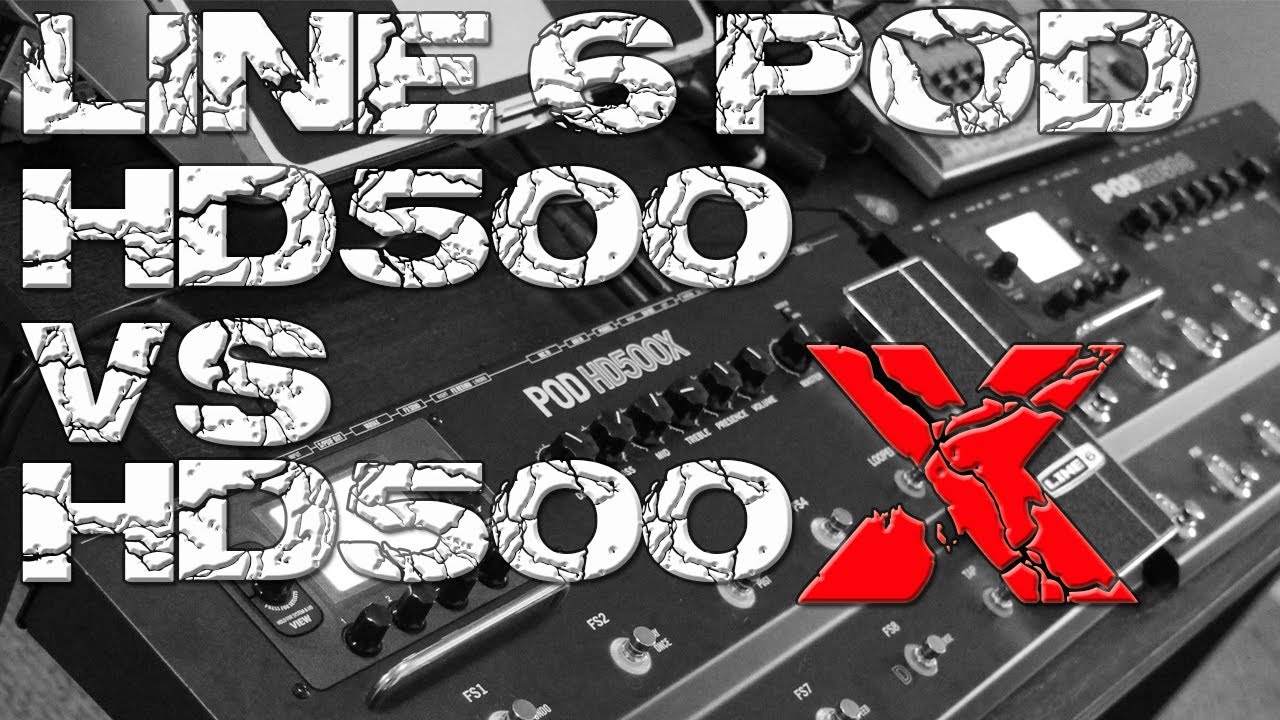Contents
All in all, different people think of different models regarding the winner in Line 6 POD HD500 vs HD500x. Both models show up on your shortlist and you cannot bring yourself to choose one over the other? Then this article is going to be of use to you.
Line 6 Pod HD500 Overview
Checking the history of Line 6 products, the POD HD500 was released in 2010. It was the largest floor POD HD which include the features of its predecessors. You can enjoy over 100 effects with 22 guitar amp models, in which you can use up to eight simultaneously.
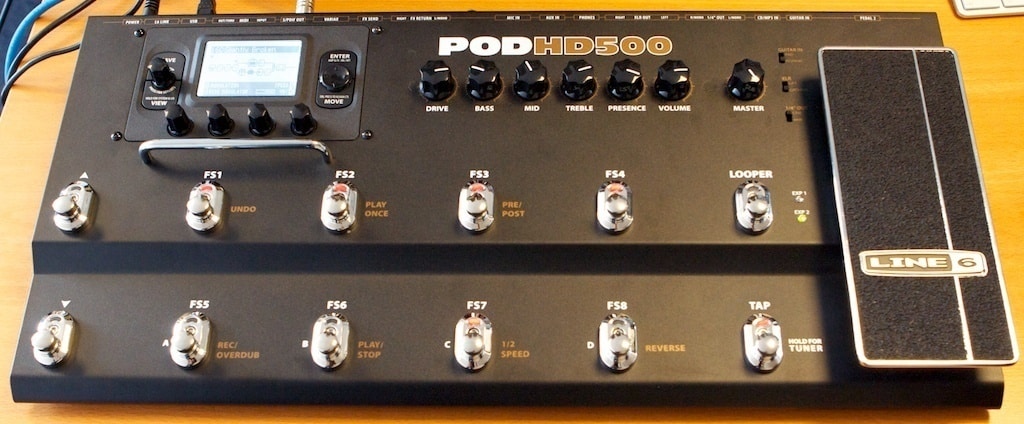
You can also find a set of footswitches, 48-second looper, MIDI in/out, dual signal patch capability, and so much more. It has a large display that makes navigation very easy.
Line 6 Pod HD500x Overview
Three years after the release of HD500, the HD500x was brought to the market. Advertised as an updated version of the HD500, this floor modeling device came with more power and features. You can use more effects at the same time. There are additional amp and effects models (a total of 30 guitar amp models), brilliant LED-illuminated footswitches and so much more.
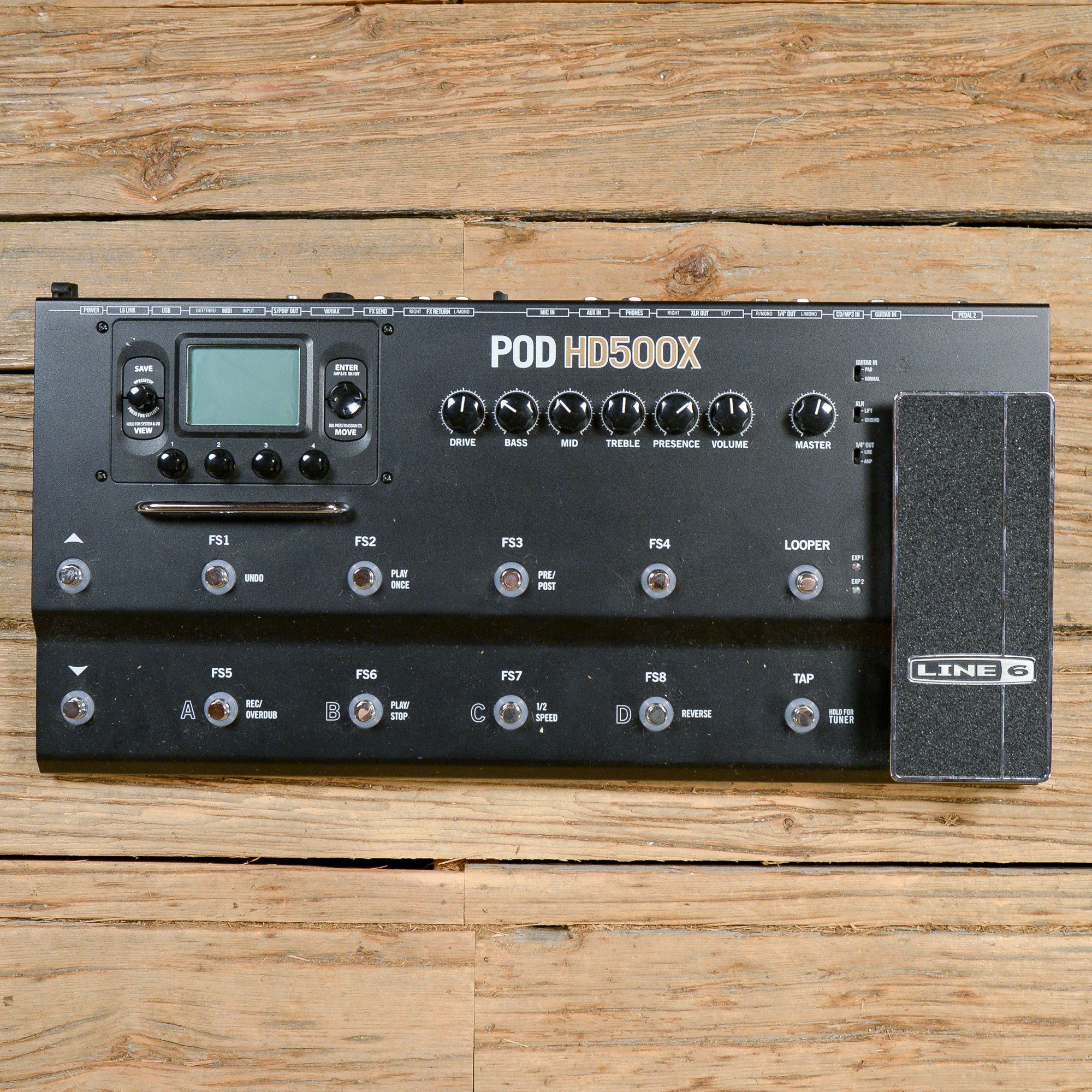
Several reviews on the internet put the updates to be 20% more than the HD500. So, if you love the HD500, this new model might interest you. To get to know more about these effects processors, check out the following sections.
Design & Specifications
Generally, when you talk about an updated version, you expect to see new things. Indeed, HD500x got new features, not to mention, that it also has all the good stuff of its predecessors.
Putting the HD500 and the HD500x side by side, you can see quite a few changes in terms of aesthetics. The footswitches on the HD500x appear to be new with less metal around each switch. Less metal is better because it will have less reflection of light.
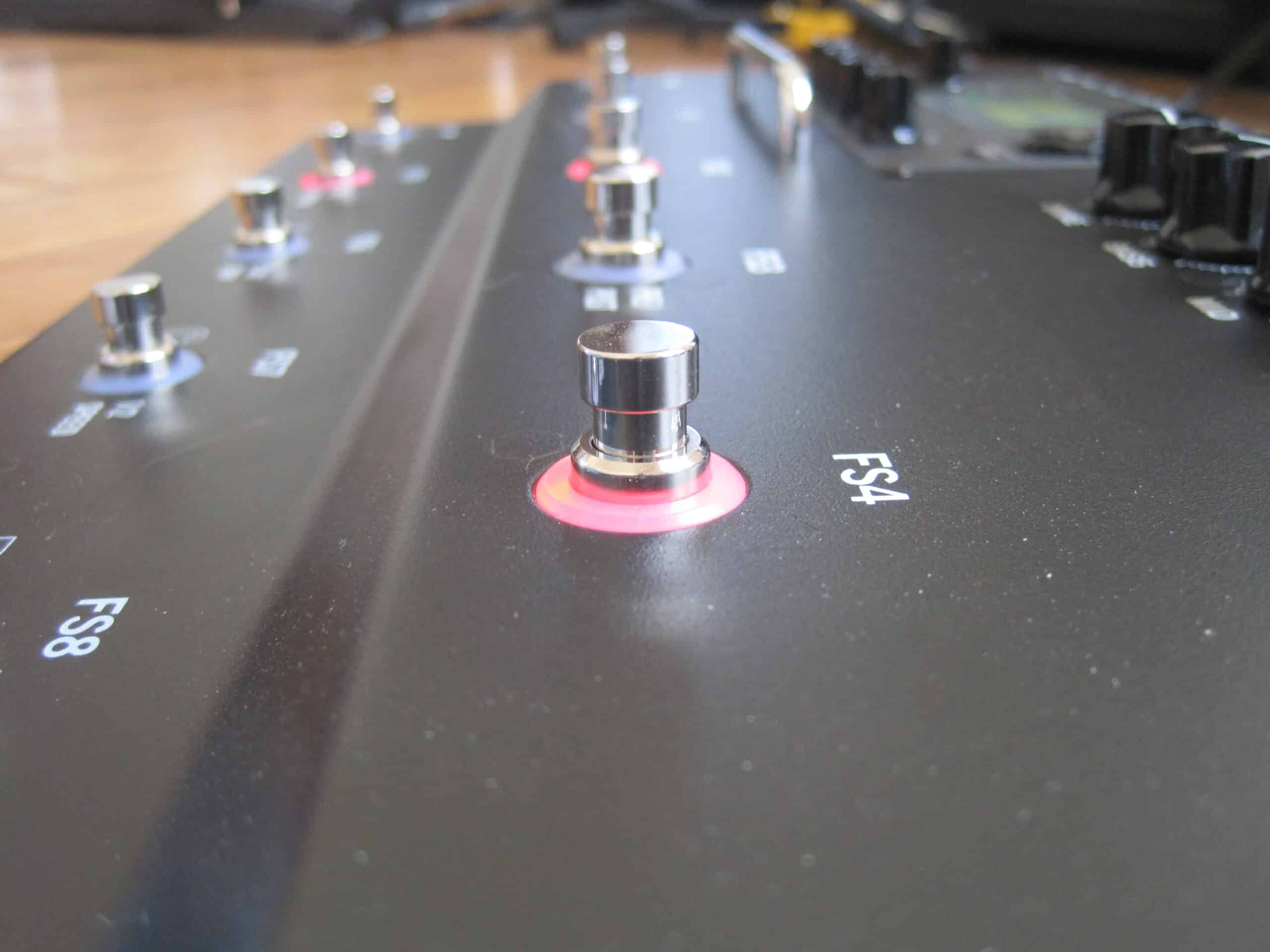
There’s also an enhancement in terms of the color of the font of the label on each switch. From dark brown of the HD500 to all-white of the updated version.
Connectivity-wise, just like other POD variants, these models have headphone ports and recording ports. This means you can feed it directly to your amp or your PA system. Both models support USB connection – you can easily connect to your computer if you need to do some music editing.
Check out the table below to get a closer look at the differences between these two effects processors in terms of specifications.
| LINE 6 POD HD500 | LINE 6 POD HD500x |
| 25 HD Amp Models | 30 HD amp models |
| 100+ Effect Models | 100+ studio and stomp effects |
| Up to 8 Simultaneous Effects | Use up to 8 simultaneous effects |
| 512 Preset Locations | 512 user preset locations |
| 48-second Looper | 48-second looper |
| I/O includes MP3/CD, VDI, guitar and AUX input, unbalanced 1/4″ Outputs, balanced XLR outputs, stereo headphone output and more. | Comprehensive I/O includes USB 2.0, MIDI, S/PDIF, balanced XLR outputs, integrated mic preamp and more |
Performance
With the story being told above and the specs comparison, there’s not much noticeable difference between the two except for the DSP power. What does it mean?
DSP stands for ‘digital signal processor.’ DSP machines are designed to perform mathematical functions like addition, subtraction, multiplication, and division of signals in a very quick way. With DSP power being high, it means, it can handle more effects at once.
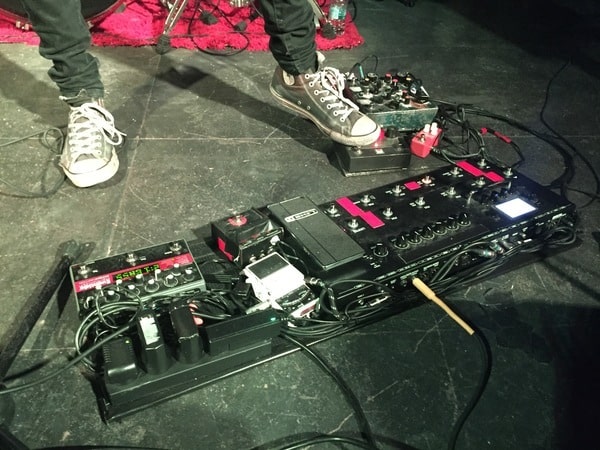
Going back to these effects processors, the HD500x allows you to use more effects per patch. If you can play quite well with the HD500, the updated version gives you more flexibility. Say you want to play rock or metal without much effects needed; this can be handled easily by HD500. However, if your sound involves more delays, reverb, and modulation at once, you might have a problem with HD500.
Sound
The performance of these amp modelers also depends on the style of music you want to play. But, definitely, the newer system of the HD500x delivers better sound quality. With time, you can tweak the settings of these processors to play the same patch on both – and also achieve better tonal quality. Here’s a quick YouTube comparison between the two.
Although they are both great, HD500x is the winner here, given that it has more effects, amp models, and user presets.
Price
By default, since the latest version has more features, it certainly is more expensive. Yes, there’s around $100 difference between the price of HD500 and HD500x. You don’t need to really go for the latest one if you are satisfied with an HD500. Depending on your needs, the price could be reasonable or just a waste.
Is an Upgrade Worth It?
Don’t haste to get an upgrade. Think if you really need extra amp modeler or the new model amps found in the HD500x. Maximize your HD500 first. If you think you are now stuck within the corner of your HD500, that’s the time that you’ll get the updated version. Otherwise, don’t spend your money on things that you don’t actually need.
You must also know what kind of music you want to play. Your music preference will also influence your decision whether to get an upgrade or not. Others don’t want to upgrade to HD500x because they don’t find it worthy of their money.
Conclusion
Guitar effects processors are great to be able to get versatility and great tonal quality of your music wherever you go. Whether you’re practicing or perform in a band, it’s essential that you should first know your own style. Once you know, you may now choose Line 6 POD HD500 vs HD500x.
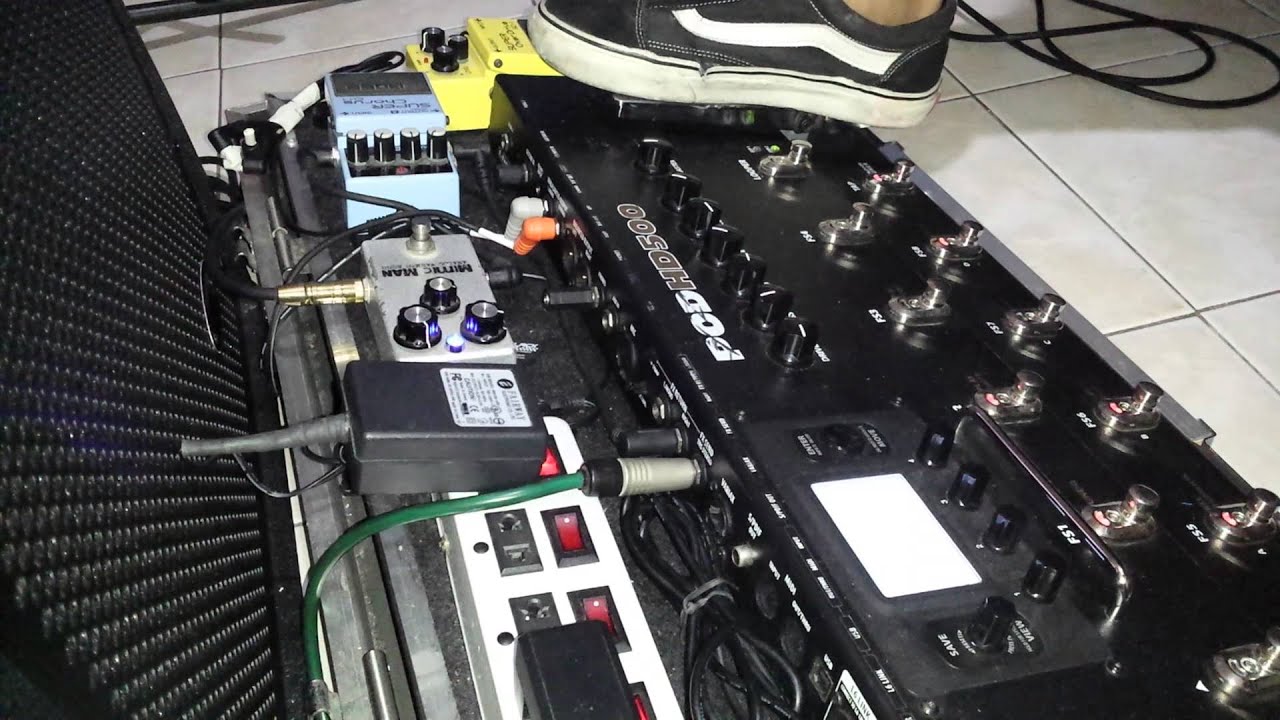
HD500 is a wonderful effects processor – great sound quality, outstanding craftsmanship, and excellent controllability. The HD500x is an upgrade of the HD500, so it’s expected to offer more. If you have the HD500 and you are doing just fine with it, there’s no point in getting the updated one. However, if you need to do more, it’s time to get the HD500x, which can absolutely give you more.

Hi music fan! I am Jeff. Hope that you enjoy some stuff I shared here in my personal blog.
About myself, Currently I am in charging as Artist Manager/Music Supervisor at 72 Music Management. I did managed album to Grammy Award in 2017 with 7 Nominations from 2014-2020 and had the opportunities to work with : A.J. Croce, Blind Boys of Alabama, Bobby Rush, Dom Flemons, Dustbowl Revival, Sarah Grace
Governor of the Memphis Chapter of The Recording Academy is one of a award that I am lucky to achieved.
